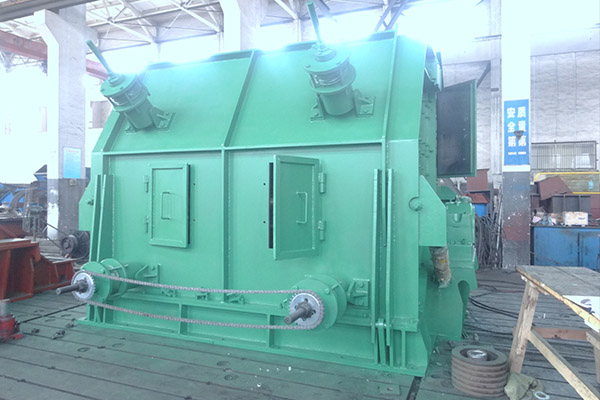The reduced iron briquetting machine is mainly used to directly cold-press metallurgical powders such as reduced iron into 3-6 kilograms of cylindrical or other shaped cakes under high pressure, which is convenient for storage, transportation and transportation, and is more convenient for the reduction of iron during the smelting process. The problem of not sinking on steel slag.
The reduced iron briquetting machine is mainly composed of the following components:
①Host: It is composed of frame, main hydraulic cylinder, pusher hydraulic cylinder, bottom hydraulic cylinder, matching mold frame and mold, pressure head, etc.
The frame part is composed of upper and lower beams and uprights. The upper and lower beams are all made of cast 45# integral steel parts. The upper and lower beams are connected by internal and external nuts with four columns to withstand the tension during work.
The main hydraulic cylinder eliminates steel castings and eliminates potential safety hazards. Ensure the service life and safety of the equipment.
The professional design of supporting mold frames, molds, indenters, and superior processing capabilities guarantee the excellent taste of the equipment. The punch of the die and the briquetting machine are equipped with high-strength wear-resistant steel that can be quickly replaced, model LINDUR-HDYJ420. The front end of the punch is equipped with a wear-resistant punch press ring that is easy to disassemble and install, so that it can extend its use. life. The relevant parts have been specially hardened or forged in the necessary parts.
②Hydraulic station: It consists of a motor, a hydraulic pump, a pump protection device, a professional control valve block and a piping system for connecting the briquetting machine. The design is reasonable and the quality is stable. Equipped with a cooling system to prevent the equipment from being unable to work continuously due to overheating of the oil.
③Console: It is composed of electrical system and plc control system.
Equipped with an adjustable text display, the action sequence and each action time are completely controlled by the PLC system, and can be adjusted by the operator at any time, which is convenient, fast, and easy to understand.
Our company is a professional manufacturer of development of briquetting machine. It is also the birthplace of China’s first high-pressure ball press, which filled the gap in China’s inability to produce that. In recent years, it has continuously introduced internationally-oriented and powerful double tooth-roller crusher, four tooth-roller crusher, powerful jaw crushers, hydraulic jaw crushers, special jaw crushers for carbon blocks, granulating, pelletizing and coking plants.


